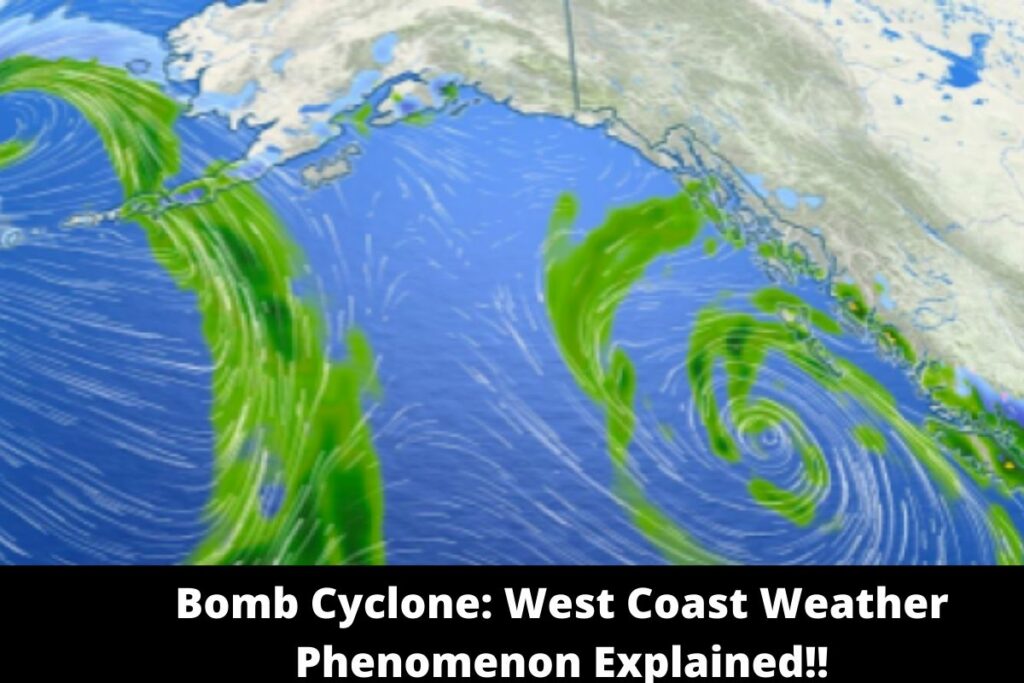Inhabitants in the West Coast district, essentially Washington and Oregon, will encounter some exceptional tempests throughout the next few days. Government climate forecasters have anticipated substantial downpour in certain spots, which could mess up regions actually recuperating from flames.
A tweet from The National Weather Service Prediction Service read: “A progression of tempest frameworks will affect the West Coast through basically next Tuesday bringing weighty downpour aggregates, troubling for consuming scars, and high rise mountain snow.
“The heaviest precipitation looks to come in two waves, one Thursday and another Sunday into Monday.”
A series of storm systems will impact the West Coast through at least next Tuesday bringing heavy rain totals, worrisome for burn scars, and high elevation mountain snow. The heaviest precipitation looks to come in two waves, one Thursday and another Sunday into Monday. pic.twitter.com/BUxgzhTRiN
— NWS Weather Prediction Center (@NWSWPC) October 21, 2021
What Is a Bomb Cyclone?
As indicated by the National Weather Service, a bomb tornado is a consequence of what is referred to by meteorologists as bombogenesis.
Bombogenesis happens when a midlatitude typhoon turns out to be more extreme rapidly, normally over a 24-hour time frame. This power works because of quickly dropping environmental tension.
The drop in strain can make cold and warm air crash, for instance when a mass of solid, cold breeze slams into the air over warm seawater.
At the point when these breezes turn rapidly around the low-pressure region, this makes what is known as a bomb twister.
A midlatitude bomb tornado can cause many climate occasions, like tempests and weighty downpours. A typhoon, then again, which is otherwise called a tropical storm, principally creates weighty breezes.
Bomb twisters can play out like a typical tempest, and don’t bring about the solid breezes of a typhoon.
What Does Heavy Rain Mean For Burn Scars?
The substantial downpour related to a bomb typhoon could cause some genuine issues in regions that have experienced rapidly spreading fires.
This is because of the manner by which flames scar the ground there, which means they are at a higher danger of glimmer flooding and garbage stream.
On account of flotsam and jetsam stream, as indicated by the Western and Central Wyoming Weather Forecast Office, this, for the most part, influences regions set downhill, as the weighty downpour can make enormous measures of disintegration due to the insecurity of the ground. Debris, sediment, and surprisingly consumed vegetation can stream downhill, causing gigantic harm.
Too as this, streak flooding can happen when a fire on the ground makes a solidified layer structure over the highest point of the dirt. While water can typically be assimilated into the dirt, this layer would make flooding happen inside snapshots of downpours.
Right now, such alerts have not been given, but the Federal Emergency Management Agency recommends in any colder time of year tempest to ensure you are loaded up on provisions like durable food things and salt for walkways on the off chance that snow comes, just as gas for vehicles.
The organization likewise cautions individuals to wrap up warm if wandering outside during a tempest, wearing fitting waterproof apparel as required.
Read More: World’s Largest Tree In Danger With California Blaze

